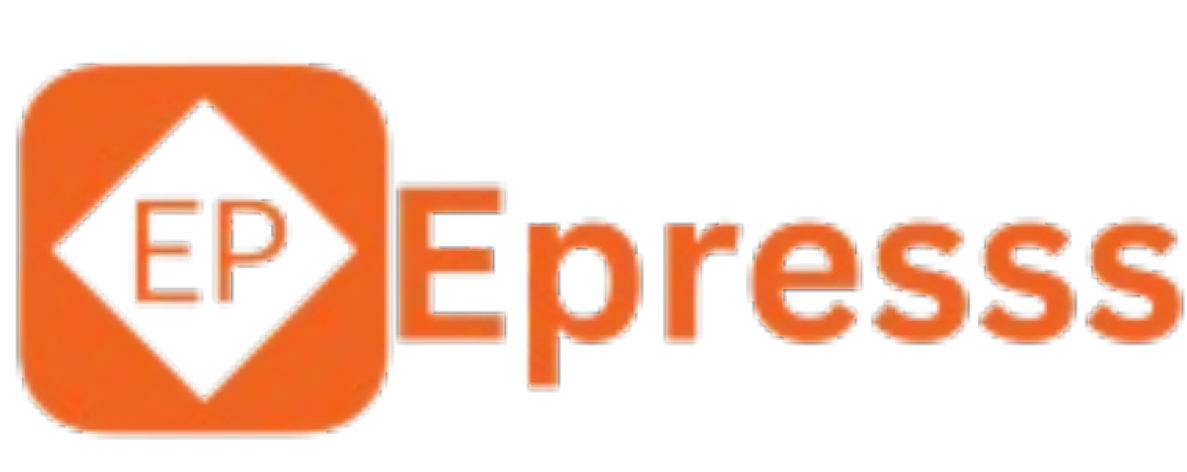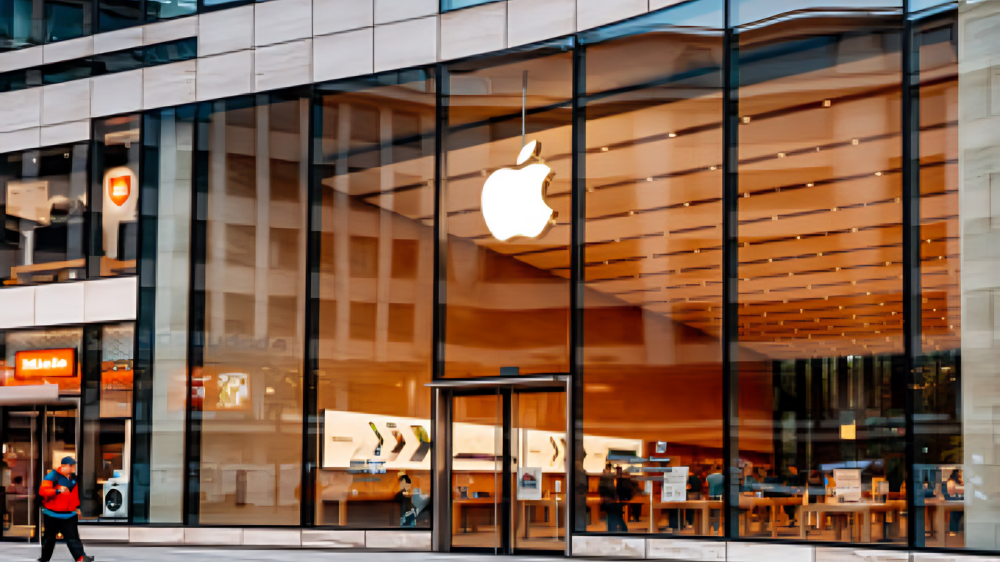The rise of remote work and digital technologies has significantly impacted various industries, with healthcare and IT support being two of the most affected sectors. One of the most notable trends that has emerged as a result of these changes is “remote triaging.” Remote triaging refers to the process of assessing and prioritizing cases or tasks remotely, typically through digital platforms or telecommunication methods. This approach has revolutionized how professionals in healthcare and IT support assess, manage, and resolve issues without requiring in-person interactions.
In this article, we will explore remote triaging, its significance in healthcare and IT, the benefits it brings to organizations, how it is implemented, and much more. We will also answer frequently asked questions related to remote triaging, ensuring that readers can fully understand its potential.
What Is Remote Triaging?
Remote triaging is a method of assessing and prioritizing cases, incidents, or requests from a distance. While it originated in healthcare to manage patients’ conditions remotely, the concept has expanded to other fields such as IT support, emergency services, and customer service.
In healthcare, remote triaging typically involves healthcare professionals assessing a patient’s condition based on their reported symptoms, medical history, and other data collected through digital platforms, phone calls, or video consultations. Similarly, in IT support, remote triaging refers to the process of diagnosing and resolving technical issues from afar, often by analyzing error reports, user descriptions, and system data.
Remote triaging offers the ability to handle cases efficiently and effectively, reducing delays and providing timely support.
Why Is Remote Triaging Important?
Remote triaging plays a crucial role in various industries. Whether in healthcare or IT, this method of assessment and prioritization helps organizations streamline processes and allocate resources efficiently.
Improved Access to Healthcare and Support
For patients in remote or underserved areas, or for individuals who are unable to visit a facility due to physical limitations, remote triaging provides vital access to healthcare or IT support. Whether it’s through telemedicine consultations or troubleshooting IT issues from home, remote triaging removes barriers to service, making it easier for people to get help when they need it.
Faster Response Time
By assessing and prioritizing issues remotely, response times can be shortened significantly. Remote triaging ensures that urgent cases receive prompt attention, whether that’s by connecting patients with the right healthcare providers or by directing IT issues to the appropriate technical experts.
Cost-Effective Solution
Remote triaging can help reduce costs associated with in-person visits, such as transportation or office space maintenance. In healthcare, it decreases the need for unnecessary trips to a clinic or hospital, while in IT support, it minimizes on-site service calls. This results in both time and cost savings for organizations and individuals alike.
Better Resource Allocation
Remote triaging optimizes resource allocation by directing patients or users to the appropriate care or support level based on their situation. This minimizes unnecessary consultations or interventions, allowing professionals to focus on higher-priority cases.
Remote Triaging in Healthcare
The concept of remote triaging originated in the healthcare sector, particularly in emergency care settings. Telemedicine and telehealth have become increasingly popular in recent years, enabling healthcare professionals to evaluate patients remotely and provide appropriate treatment options without in-person interaction.
How Remote Triaging Works in Healthcare
In healthcare, remote triaging typically follows a set process:
- Initial Assessment – A healthcare provider or system collects patient data, either through a questionnaire, phone call, or video consultation. Patients may be asked to describe their symptoms, provide their medical history, or answer a series of questions to help assess their condition.
- Categorization and Prioritization – Based on the information provided, the healthcare professional or triage system categorizes the patient’s condition, determining the urgency and appropriate care level (e.g., whether the patient needs immediate care, a follow-up consultation, or self-care instructions).
- Recommendation – Depending on the outcome of the assessment, the triage provider might suggest next steps. These could include scheduling a telehealth appointment, sending prescriptions, or directing the patient to an emergency department if necessary.
- Follow-up Care – For non-urgent cases, remote triagings can result in follow-up consultations, monitoring, or guidance on managing symptoms until the patient’s condition improves or worsens.
Benefits of Remote Triaging in Healthcare
- Accessibility: Patients in rural or underserved areas can receive care from the comfort of their homes, reducing the need for travel and wait times.
- Reduced Healthcare Costs: By preventing unnecessary in-person visits and ensuring that only urgent cases are directed to physical healthcare facilities, remote triagings can save both patients and healthcare systems money.
- Improved Patient Satisfaction: With the flexibility to consult remotely, patients often report higher satisfaction levels due to the convenience and timeliness of remote care.
Remote Triaging in IT Support
While healthcare was the origin of remote triaging, IT support has quickly adopted this method as well. In IT, remote triagings involves troubleshooting and diagnosing technical problems without requiring an on-site visit, which saves time and resources.
How Remote Triaging Works in IT Support
The remote triaging process in IT support generally follows these steps:
- Issue Reporting – Users report technical issues, often through a support ticket system, email, or phone call. They describe the problem in detail, providing relevant context, screenshots, or error messages.
- Diagnosis and Categorization – IT professionals analyze the data provided by the user, identifying the root cause of the issue. The severity and urgency of the issue are determined so that resources can be allocated appropriately.
- Resolution or Escalation – Based on the diagnosis, IT specialists may guide users through troubleshooting steps, provide solutions, or escalate the issue to a higher level of support if necessary.
- Follow-up and Monitoring – Once the IT support team resolves or temporarily mitigates the issue, they may follow up with the user to ensure the problem is fixed and no further issues have arisen.
Benefits of Remote Triaging in IT Support
- Faster Resolution: By eliminating the need for on-site visits, IT professionals can often resolve issues more quickly. Remote troubleshooting allows for real-time interaction and fixes.
- Cost Savings: Remote triagings reduces costs by eliminating the need for technician dispatch to various locations.
- Increased Efficiency: IT support teams resolve more issues without traveling between locations.
Tools for Remote Triaging
Various tools and platforms are used to facilitate remote triagings in both healthcare and IT support. Some common tools include:
- Telemedicine Platforms: Software like Teladoc and Amwell enables remote triagings through video consultations and symptom checkers.
- Remote Desktop Software: In IT support, TeamViewer, AnyDesk, and RemotePC let technicians remotely resolve technical issues.
- Chatbots and AI-Based Systems: Many companies use AI chatbots and symptom-checkers to automate remote triagings in healthcare and IT.
Challenges of Remote Triaging
While remote triaging offers numerous benefits, it also presents some challenges:
Accuracy of Information
In healthcare and IT support, remote triagings relies on the accuracy of provided information. Miscommunication or incomplete information may lead to incorrect diagnoses or solutions.
Technology Limitations
Not all individuals have access to necessary technology, like high-speed internet or devices, hindering remote triagings.
Security Concerns
Remote triagings requires secure systems to protect sensitive data, particularly in healthcare. Ensuring that data privacy and security are maintained is essential for maintaining trust in the process.
FAQs
Q: What is remote triagings?
A: Remote triagings is the process of assessing and prioritizing issues or cases from a distance, typically through digital platforms or telecommunication. It is used in healthcare, IT support, and other sectors to manage cases efficiently.
Q: How does remote triagings work in healthcare?
A: In healthcare, remote triagings involves assessing a patient’s condition based on their reported symptoms and medical history. The healthcare professional then categorizes the issue and provides recommendations for treatment, such as a telemedicine consultation or follow-up care.
Q: Can IT support issues be resolved through remote triagings?
A: Yes, IT support teams resolve issues remotely by diagnosing problems through error reports, feedback, or remote access.
Q: What are the benefits of remote triagings?
A: Remote triaging enhances service accessibility, reduces costs, shortens response times, and improves resource allocation.
Q: What challenges are associated with remote triagings?
A: Challenges include the accuracy of information provided, technology limitations, and security concerns surrounding sensitive data.
Conclusion
Remote triagings has become an essential practice in various fields, especially healthcare and IT support. By offering an efficient, cost-effective, and flexible approach to managing issues and cases, remote triagings has revolutionized how professionals interact with patients and users. With technological advancements, remote triaging will expand, offering more remote work opportunities.



